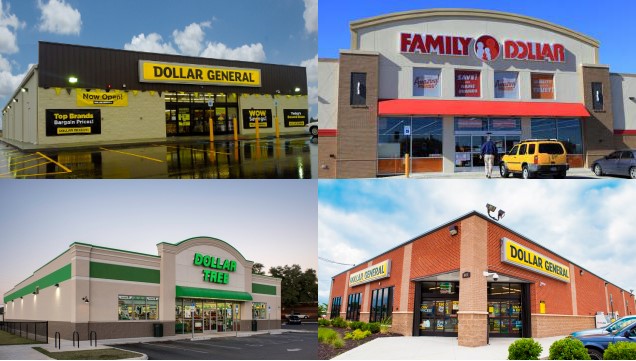 attracts both developers and investors The Boulder Group's Dollar General Dollar Tree Family Dollar Randy Blankstein John Feeney reaching into the big box space
attracts both developers and investors The Boulder Group's Dollar General Dollar Tree Family Dollar Randy Blankstein John Feeney reaching into the big box space© Touchpoint Markets, All Rights Reserved. Request academic re-use from www.copyright.com. All other uses, submit a request to [email protected]. For more inforrmation visit Asset & Logo Licensing.







